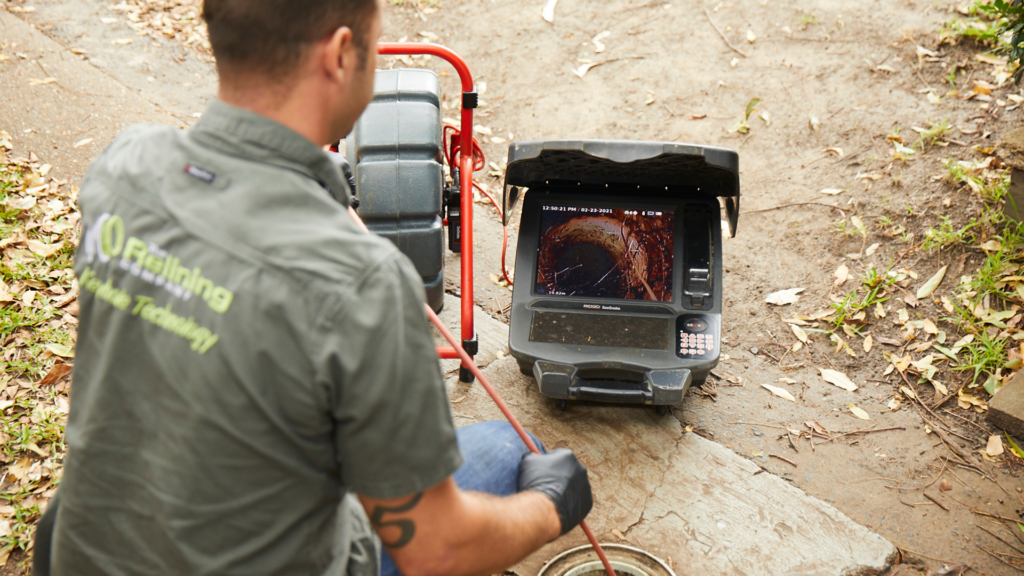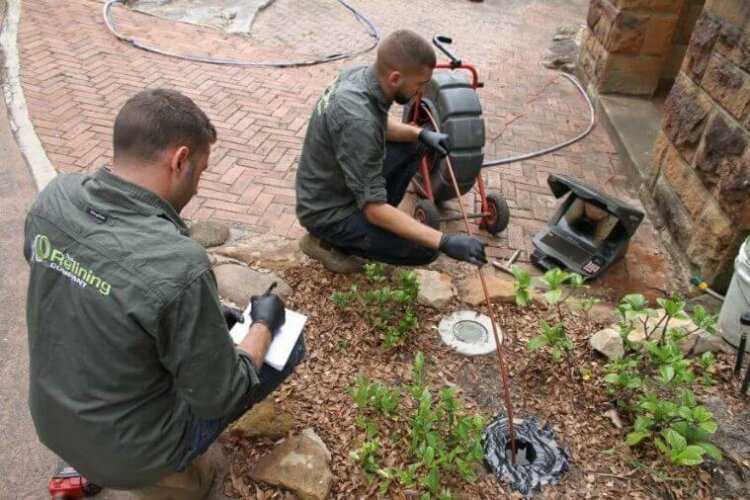Finding your sewer line access point isn’t exactly the most exciting weekend activity. But when your drains back up or you’ve got a serious plumbing issue brewing, knowing where the direct access point is can save you an unnecessary callout fee (as well as an unfortunate stench).
Your sewer access point is where plumbers quickly reach your sewer line to clear blockages. Think of it as your emergency fallback when things go wrong with your sewer system. You want to be prepared for such a scenario, and this post will help you locate it easily, so you’re not caught off guard when a smelly disaster strikes.
Understand What You’re Looking For
Before you start searching your property, it helps to know exactly what you’re looking for. A sewer access point (also known as a sewer cleanout or inspection point) is typically a small, capped pipe that gives direct access to your home’s sewer line and septic tank. You’ve most likely seen it before, but perhaps not given it a second thought.
In most Aussie homes, it’s a metal or plastic cap, usually a round or square knob and located near downpipes, external walls, or garden beds. In some older properties, it could be in the laundry or bathroom.
Check Common Outdoor Locations First
Now that you know what you’re looking for, it’s time to play detective, starting outside. In most cases, your sewer access point will be near an external wall, where the main house drain piping is located. First, check close to the main bathroom or laundry, which is logical since that’s where most wastewater exits the house.
If you cannot find it in either of those places, take a slow walk around the perimeter of your home and look for a capped pipe, either sticking up slightly or sitting flush with the ground. If you still don’t spot it there, check the area between your house and the property line, as that’s usually the direction your sewer line flows towards the municipal sewage system.
Still struggling to locate it? Time to get your hands dirty, as garden beds and mulched areas are also sneaky hiding spots. If you’ve had previous landscaping work, there’s a chance they covered it up. Just be careful not to confuse it with stormwater drains, which are a different system entirely.
Indoor Access Points (If Applicable)
There’s a chance it may not be outside. You might need to look indoors, especially if you live in an older home or apartment buildings, as they sometimes have their sewer access points located inside.
Search in the laundry, especially around the washing machine drains. In the bathroom, check beneath the sink. Same goes for under the kitchen sink. You want to be looking anywhere near where water and waste are directed out of the house through the main sewage line into your private septic tank. There’s also the chance it could be hidden behind a removable panel, crawl space or inside a cupboard. It will still be a capped pipe, just less obvious than the outdoor version.
Use Property Plans or Contact Local Council
Every compliant house has sewer service diagrams (SSDs) or house plans that were required by the local council for the municipal sewer main system. They will show the layout of your sewer line and main drain to where the inspection points are placed.
If you don’t have the plans on hand, try contacting your local council or water authority. They often keep plumbing records for residential properties and the municipal system sewer line, so they may be able to provide a copy of your drainage diagram.
Tips for Safely Accessing or Opening the Point
Once you’ve found your sewer access point, it’s time to approach it with a bit of caution. After all, you are dealing with a sewer line. So, first things first: don’t force it open. As the cap will likely be tight, wear protective gloves and consider a mask. Sewer lines can carry bacteria and gases, so it’s best to err on the side of safety when dealing with this plumbing system.
Don’t use brute force as you might break the screw cap, especially if you’re unsure of the last time it was accessed. If it’s tight or rusted, a shifting spanner, pipe wrench, or multi-grip pliers can help.
If you suspect a blockage or overflowing waste, it’s best that you don’t remove the cap yourself. It’s advised to call in a licensed plumber who is trained to deal with sewage. Not only do they have the right tools, but they also have the expertise to handle it and prevent sewer gases from entering your home.
What If You Can’t Find It?
Knowing where your sewer access point is and keeping it clear is one of the smartest steps you can take for home maintenance. But if you’ve checked the usual spots, combed through your garden beds, and still can’t find your sewer access point, don’t worry. An experienced plumber will know how to promptly locate it and perform a sewer cleanout.
Furthermore, a licensed plumber can carry out a CCTV drain inspection, which not only pinpoints the access point but also checks the condition of your pipes from the inside. It’s a simple, non-invasive way to stay ahead of potential plumbing issues before they turn into major problems.

Contact The Relining Company today for friendly, expert help with sewer access, blocked drains, and no-dig pipe repairs that save time, mess, and money.
Frequently Asked Questions
How do I find out where the nearest sewer is?
To find out where the nearest sewer is, refer to your property’s sewer diagram for sewer pipes and access points. You can also contact your local council or water authority for sewer line service location records.
How deep are most sewer lines buried?
Residential sewer lines are typically buried between 45 cm and 1.5 metres below ground level, depending on the property layout and land slope.
How far down is a main sewer line?
Main sewer lines can be buried several metres deep, often between 1.5 to 3 metres below the home’s foundation, especially in urban areas.
What is a sewer access point?
A sewer access point refers to any location where your sewer line can be reached for maintenance or inspection. In residential properties, the most common access point is a capped pipe located above ground.
What is a clean out access?
A cleanout access (or drain cleanout) is a specific type of sewer access designed for easy entry into your home’s plumbing system that allows a plumbing professional to clear blockages or inspect your sewer line.
It connects to all the drains in your home and can be especially important if you’re connected to a septic system, where regular maintenance is key. Depending on your property, the cleanout may be connected to PVC pipes in newer homes or cast iron in older systems.
If you’re having trouble locating it, a pipe locator can help identify its exact position without unnecessary digging or guesswork.
What are some common causes and fixes of blocked sewer pipes?
Tree roots are one of the most common causes of blocked sewer pipes, especially when they infiltrate the main line through cracks or joints. If you’re experiencing blocked sewer pipes, call in a professional. This can help you avoid costly mistakes, as a plumbing expert can find the exact location of your sewer access point, even if it is the front or back yard, hidden under overgrown landscaping. They can also use property maps, plumbing diagrams, and check local codes to determine where your access point should be and ensure it is compliant.
Back to Top